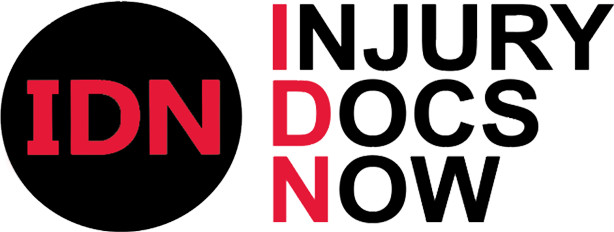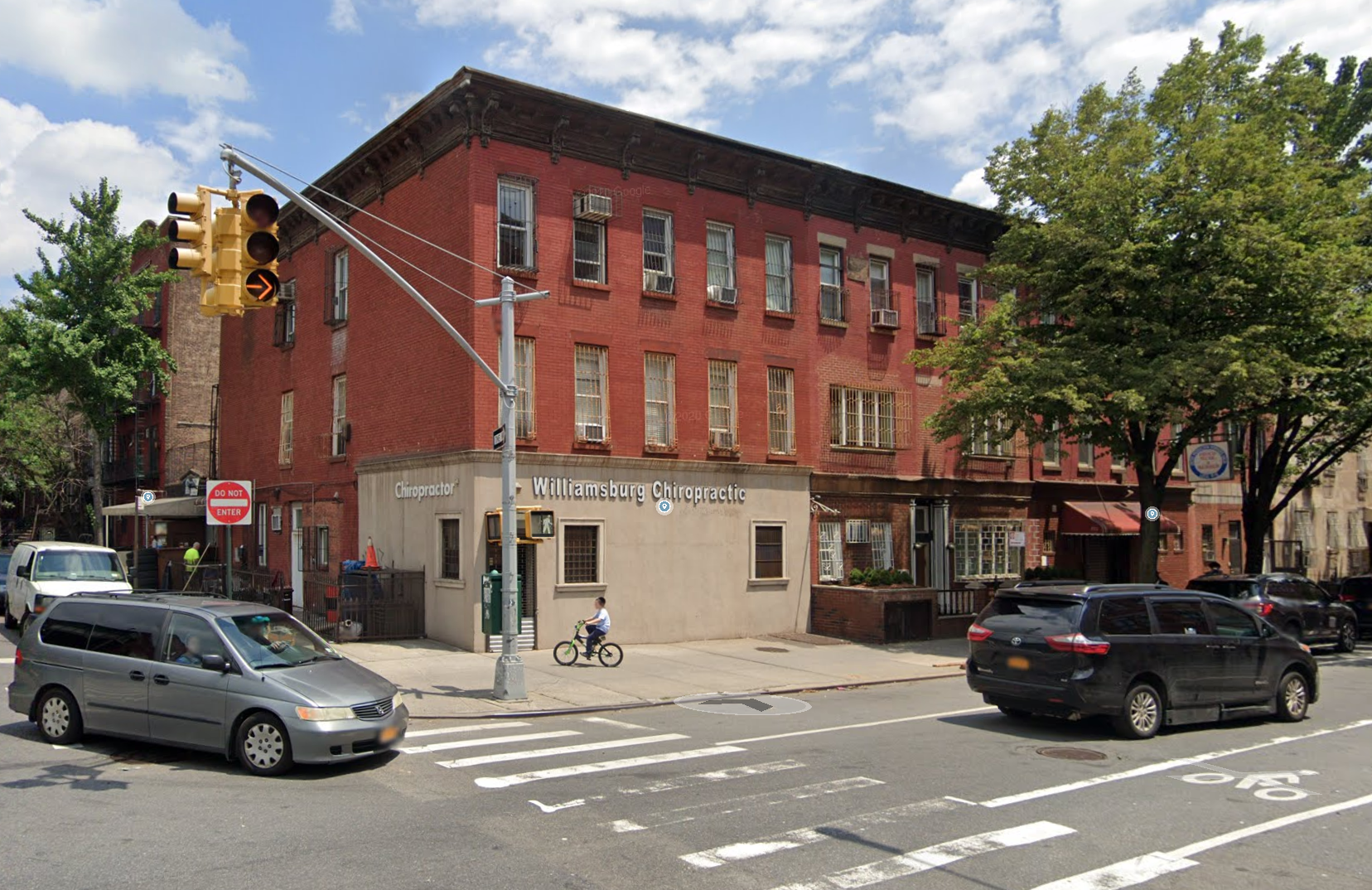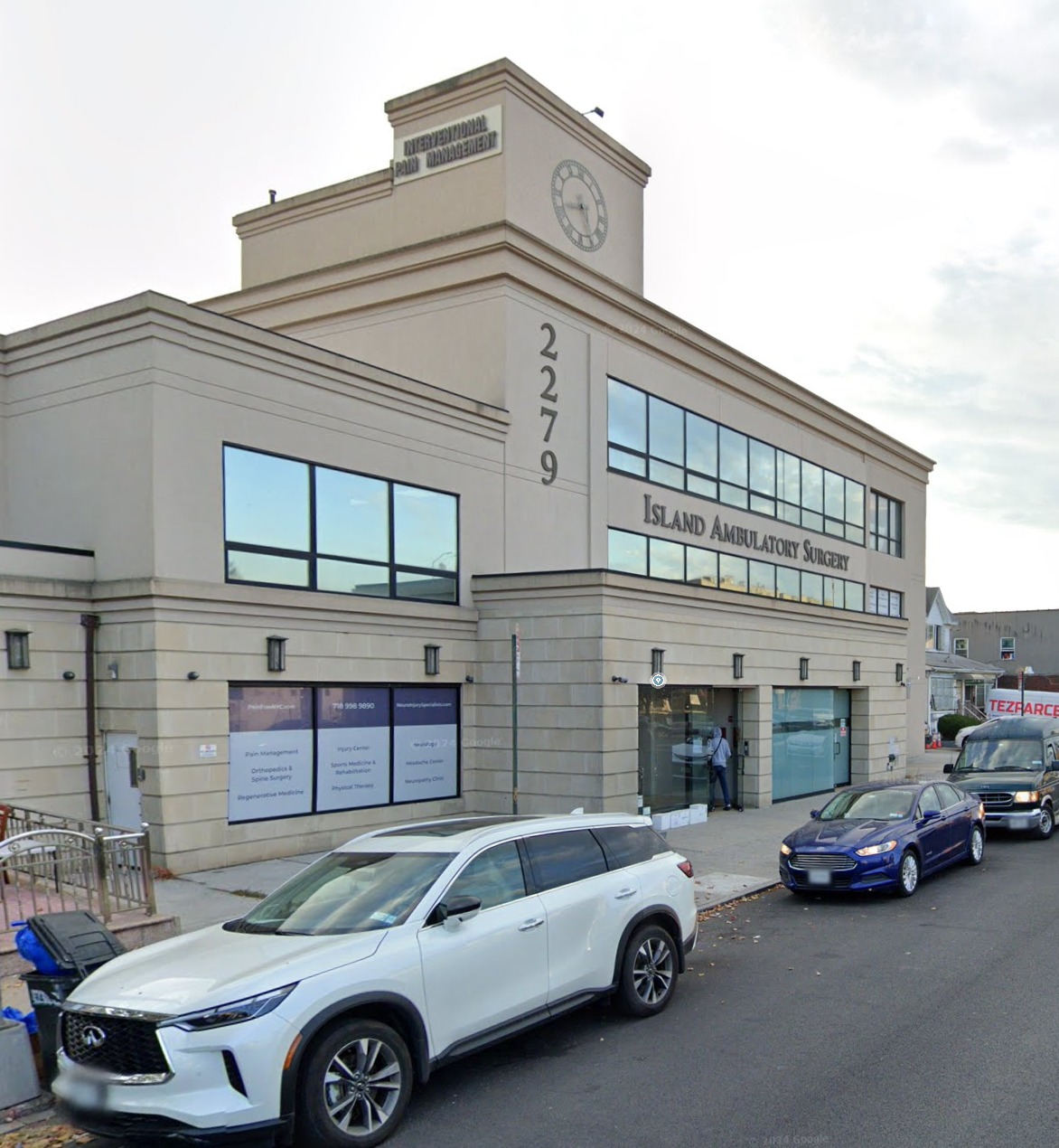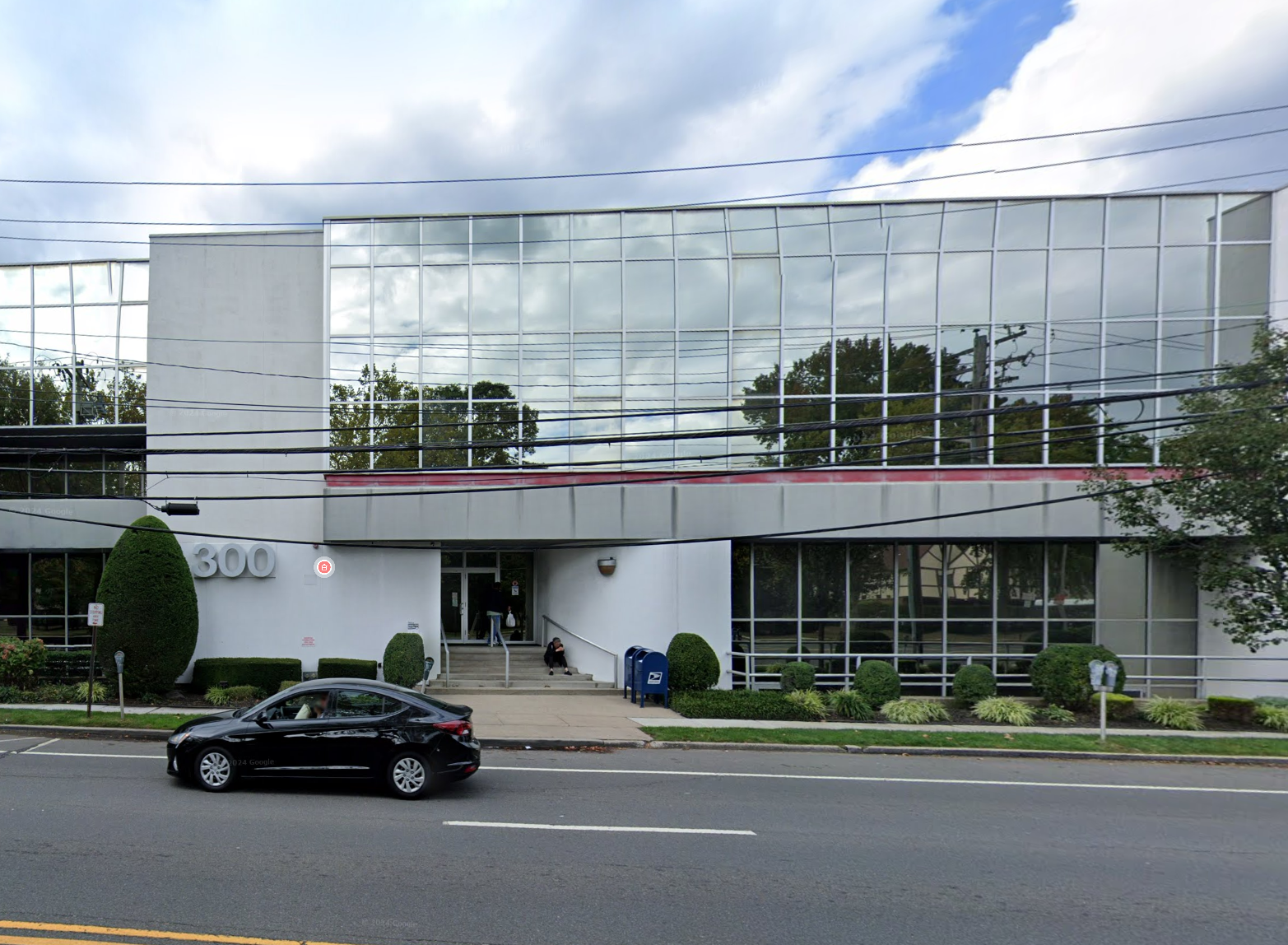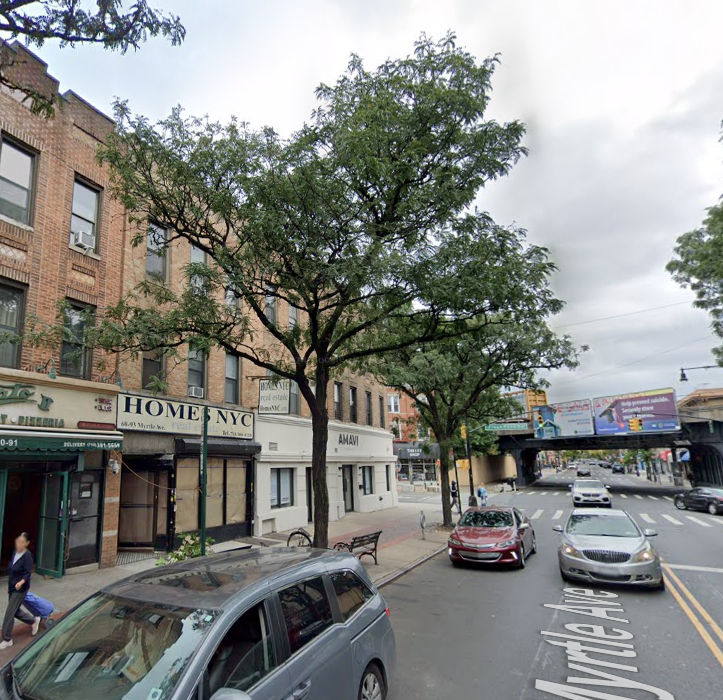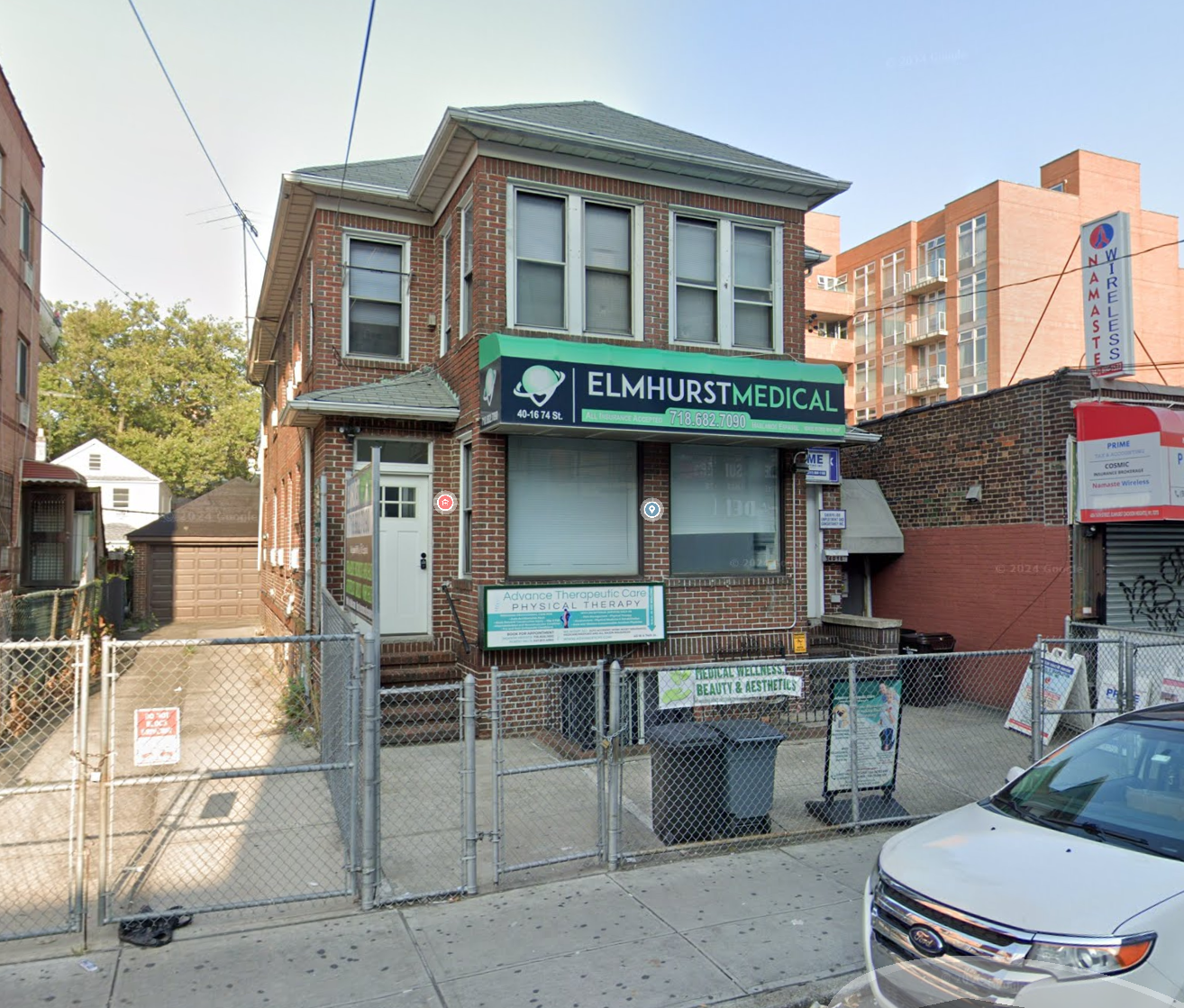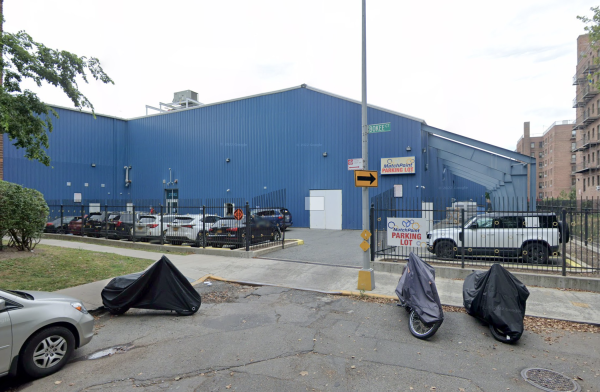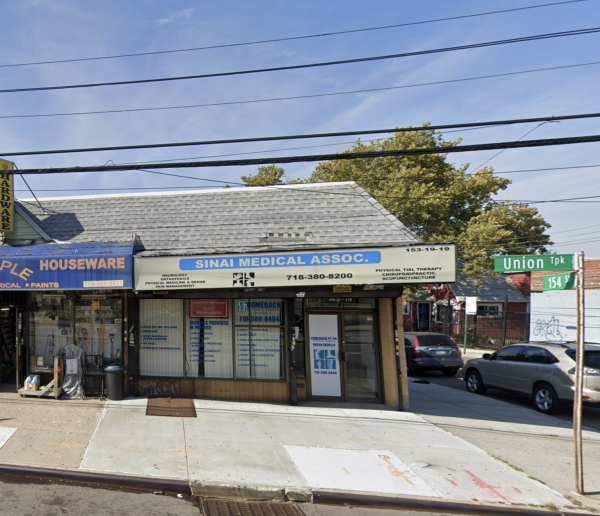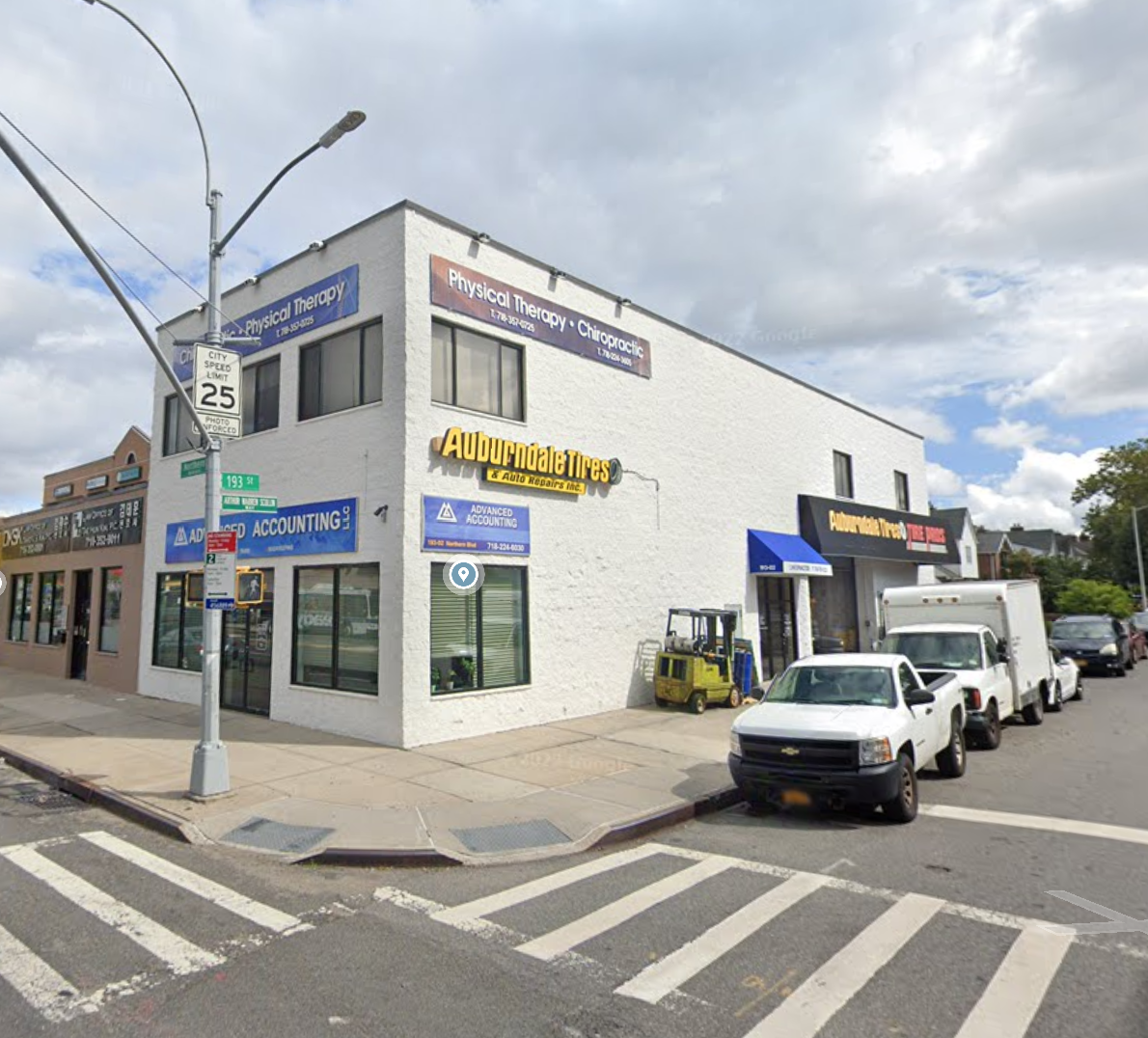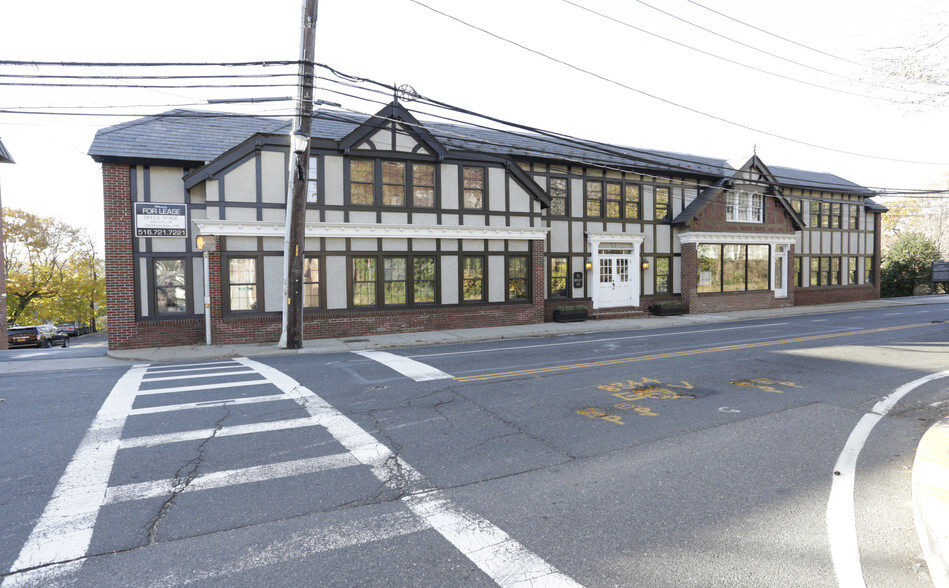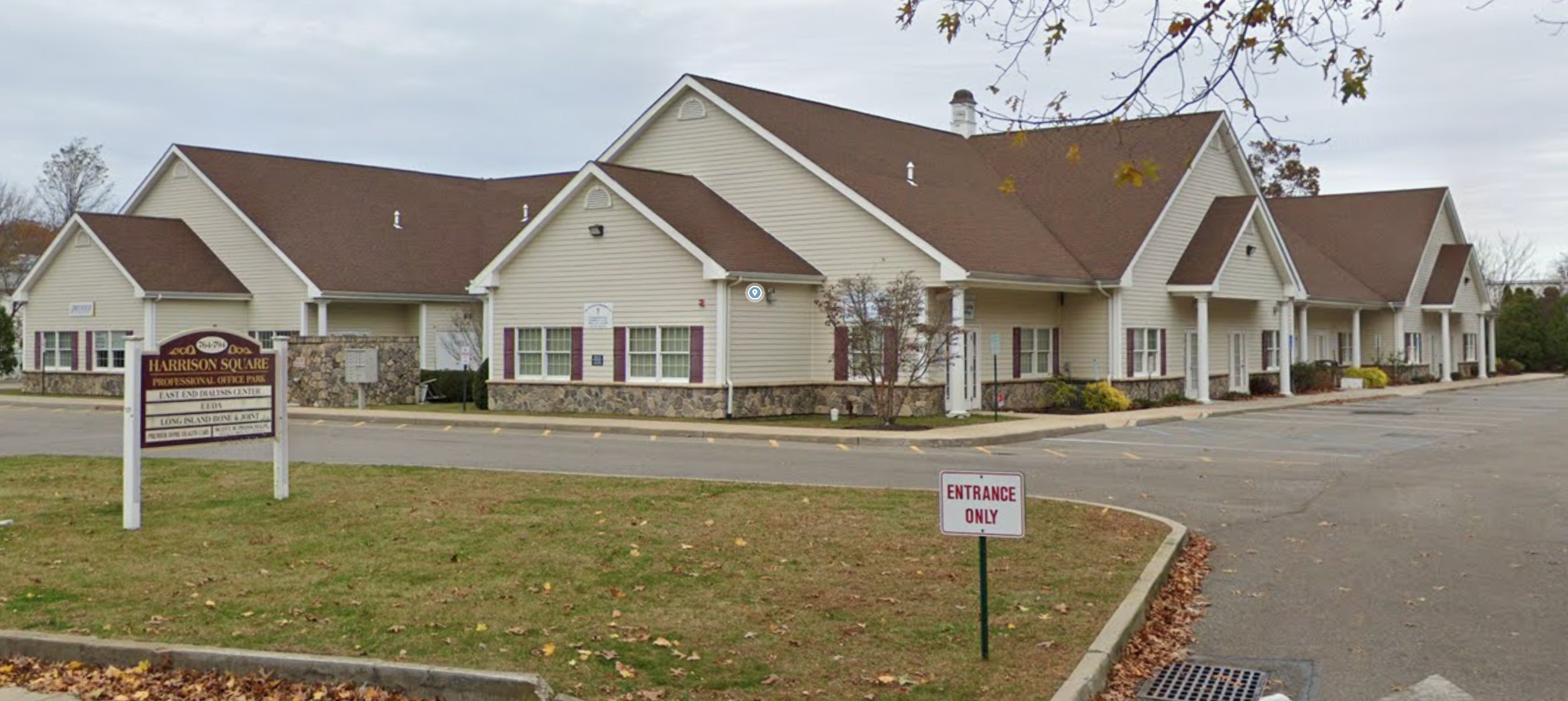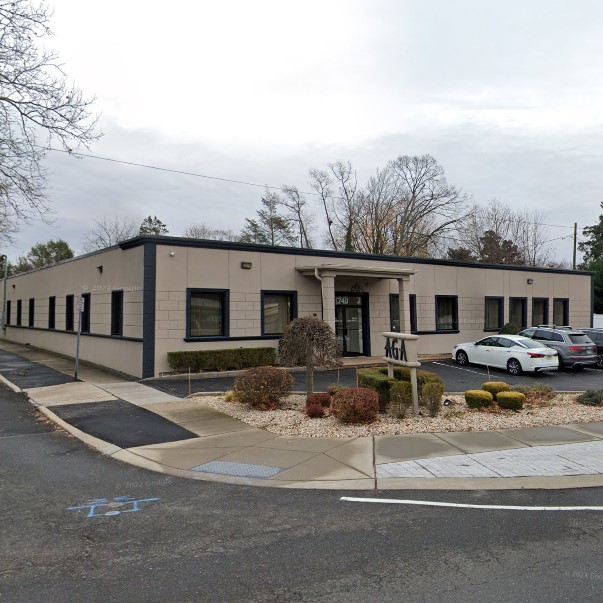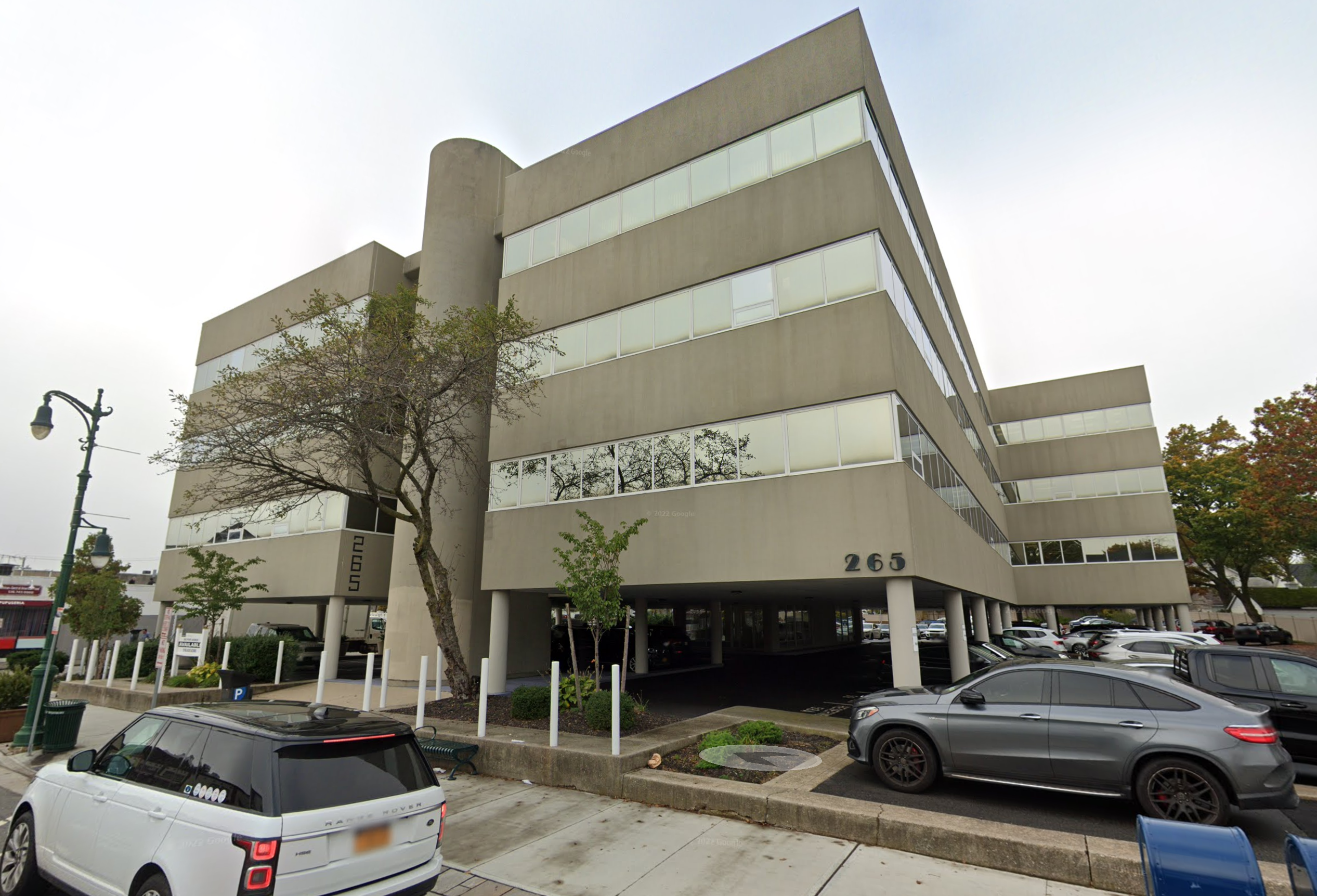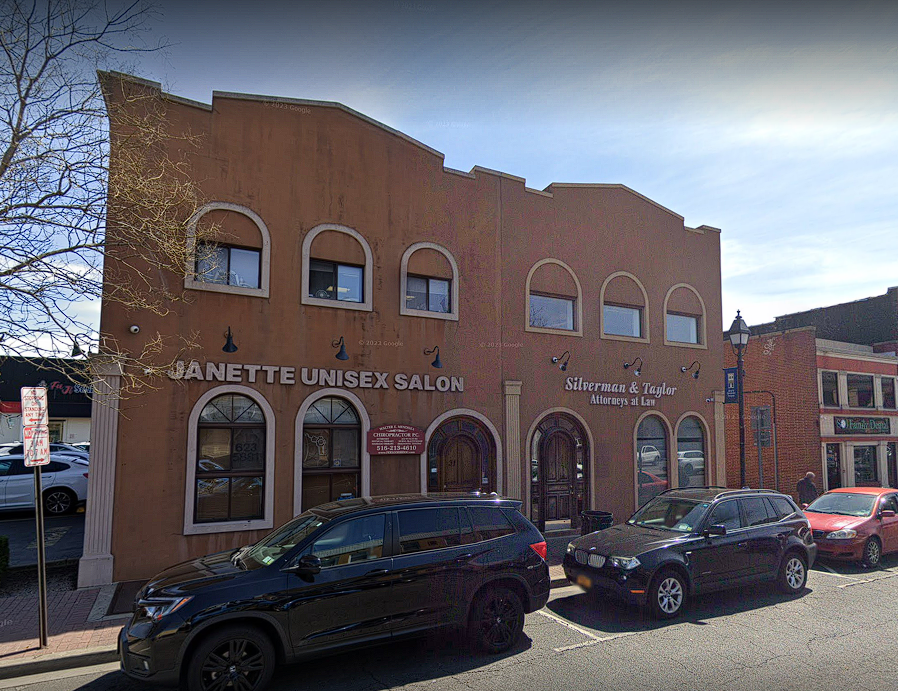
Introduction to Physical Therapy Post-Car Accident
Car accidents are a leading cause of injury in the United States, with millions affected each year. These incidents can lead to a wide range of injuries, necessitating long-term rehabilitation strategies to ensure complete recovery. Among these strategies, physical therapy plays a critical role, offering a pathway to restore mobility, manage pain, and improve the overall quality of life for those injured.
Physical therapists work closely with patients to design personalized treatment plans for specific injuries and recovery goals. By leveraging various types of physical therapy, including manual therapy and exercises, to improve movement, these healthcare professionals help patients regain their abilities to move and perform daily activities with less discomfort.
Moreover, physical therapy education in the United States is comprehensive, requiring practitioners to earn a Doctor of Physical Therapy (DPT) degree from a program accredited by the Commission on Accreditation in Physical Therapy Education. This rigorous education ensures that physical therapists are well-equipped to handle the complex needs of car accident victims. Following their education, practitioners must pass the National Physical Therapy Examination to practice, and many work alongside physical therapist assistants to provide care.
For patients navigating the aftermath of a car accident, working with a physical therapist can also mean assistance with dealing with insurance companies to cover the cost of therapy sessions. As part of the medical history review and the development of treatment plans, physical therapists ensure that their approaches aid in immediate recovery and protect patients from long-term physical issues.

Understanding Physical Therapy for Car Accidents
Physical therapy serves as a cornerstone in the rehabilitation process following a car accident, addressing injuries caused by motor vehicles. This section will delve into the multifaceted role of physical therapy in rehabilitation, focusing on how physical therapists work with patients to tailor treatment plans that cater to their specific needs and medical history.
Physical therapy encompasses a wide-ranging spectrum of techniques aimed at helping patients manage pain, improve movement, and, ultimately, enhance their quality of life. From manual therapy, which involves hands-on techniques to alleviate pain and improve tissue mobility, to personalized exercises designed to strengthen the body and restore function, physical therapy offers a comprehensive approach to healing.
The education and accreditation in physical therapy play a pivotal role in ensuring the effectiveness of these treatments. Physical therapists in the United States must earn a Doctor of Physical Therapy (DPT) degree from an accredited institution, ensuring they possess the necessary knowledge and skills. Additionally, the completion of the National Physical Therapy Examination is required to practice, guaranteeing a standard level of proficiency and expertise in the field.
Types of Injuries Addressed by Physical Therapy
Physical therapy is crucial in the rehabilitation process for a variety of injuries resulting from car accidents. This section explores the common injuries that benefit from physical therapy and how therapists use their specialized knowledge to assist in recovery.
- Whiplash and Neck Injuries: Often resulting from the rapid back-and-forth movement in a collision, physical therapists apply manual therapy and specific exercises to reduce pain and improve neck mobility.
- Fractures: Rehabilitation for fractures focuses on restoring strength and function to the affected area through a gradual and carefully monitored exercise regimen.
- Soft Tissue Injuries: For injuries to muscles, ligaments, and tendons, therapists use techniques like ultrasound, electrical stimulation, and manual therapy to facilitate healing and reduce inflammation.
- Spinal Cord Injuries: Tailored exercises and innovative therapies aim to enhance mobility and independence for patients with spinal injuries.
Traumatic Brain Injuries (TBI): Specialized rehabilitation programs focus on improving cognitive function, balance, and coordination.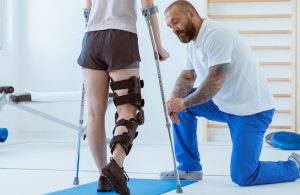

The Benefits of Physical Therapy Post-Car Accident
Physical therapy after a car accident offers numerous benefits that significantly contribute to a patient’s recovery journey. This section outlines the key advantages of incorporating physical therapy into rehabilitation.
- Pain Management: Physical therapy employs techniques like manual therapy, ice, heat, and electrical stimulation to help manage pain effectively.
- Restoration of Movement: Therapists utilize exercises and stretches designed to improve flexibility, strength, and mobility, aiding patients in regaining their pre-accident range of motion.
- Prevention of Long-term Damage: Early intervention through physical therapy can prevent the development of chronic conditions and reduce the need for invasive surgeries.
- Customized Treatment Plans: Physical therapists work closely with patients to develop personalized treatment plans that cater to their specific injuries, medical history, and recovery goals.
- Improved Quality of Life: By enhancing mobility and reducing pain, physical therapy helps patients resume their daily activities, improving their overall quality of life.
- Coordination with Insurance Companies: Physical therapists often collaborate with insurance companies to ensure that treatment plans are covered, easing the financial burden on patients.
The Physical Therapy Process
 The journey through physical therapy following a car accident involves several critical stages, each designed to facilitate optimal recovery.
The journey through physical therapy following a car accident involves several critical stages, each designed to facilitate optimal recovery.
- Initial Assessment: The physical therapy process begins with a thorough assessment of the patient’s injuries, medical history, and current level of function. This initial evaluation is crucial for developing an effective treatment plan.
- Development of a Customized Treatment Plan: Based on the assessment, physical therapists work to create a tailored treatment plan that addresses the patient’s specific needs, goals, and the types of physical therapy that will be most beneficial.
- Implementation of the Treatment Plan: Treatment may include a combination of manual therapy, exercises to improve movement, modalities for pain management, and education on preventing further injury.
- Progress Monitoring and Adjustment: Physical therapists regularly monitor the patient’s progress and adjust the treatment plan as needed to ensure continuous improvement.
- Education and Prevention: Throughout the process, therapists educate patients on how to maintain their health and prevent future injuries, emphasizing the importance of continuing exercises and healthy practices even after therapy concludes.
Integrating Physical Therapy with Overall Rehabilitation Plan
Integrating physical therapy into a broader rehabilitation plan is essential for comprehensive recovery from car accident injuries. This multidisciplinary approach often involves coordination with other medical professionals, including orthopedic surgeons, neurologists, and pain management specialists, to address all aspects of the patient’s health.
- Collaborative Care: Effective rehabilitation involves a team of healthcare providers working together to create a cohesive treatment strategy that addresses the accident’s physical and psychological impacts.
- Holistic Healing: Beyond physical recovery, therapy can include strategies for coping with trauma and anxiety, ensuring a holistic approach to rehabilitation.
- Communication with Insurance Companies: Physical therapists also play a key role in communicating with insurance companies, ensuring that the integrated treatment plan is supported and financed appropriately.
Starting Physical Therapy – What Patients Need to Know

For those embarking on the physical therapy journey after a car accident, being informed and prepared can make a significant difference in the recovery process.
Seeking a Qualified Physical Therapist: It’s important to choose a therapist who has a Doctor of Physical Therapy (DPT) degree and is licensed. Look for professionals with experience in treating car accident injuries.
Understanding the First Visit: The initial appointment will involve a comprehensive assessment of your injuries, discussing your medical history, and establishing your recovery goals.
Developing a Partnership with Your Therapist: Active participation in your treatment plan and open communication with your therapist is key to achieving the best outcomes.
Insurance and Payment: Familiarize yourself with how your insurance company works with physical therapy providers to understand any out-of-pocket costs.
Commitment to the Process: Recovery takes time and dedication. Adhering to prescribed exercises and attending all sessions are crucial for progress.

Taking the Next Step: Your Path to Recovery After a Car Accident
Physical therapy is a crucial part of recovery after a car accident, offering personalized treatment to improve mobility, manage pain, and enhance quality of life. It emphasizes the importance of early intervention and the benefits of a multidisciplinary approach. If you’re recovering from an accident, consider starting physical therapy with a licensed therapist. Contact Injury Docs to learn how we can support your path to recovery and help you regain your strength and independence.
FAQs on Physical Therapy After Car Accidents
When should I start physical therapy after a car accident?
It’s recommended to begin physical therapy as soon as possible after receiving initial medical evaluation and clearance from your healthcare provider to prevent long-term issues.
How does physical therapy help after a car accident?
Physical therapy aids in pain management, improves mobility, helps restore function in injured areas, and can accelerate the recovery process.
Will my insurance cover physical therapy for car accident injuries?
Many insurance plans, including auto insurance medical coverage, may cover physical therapy. It’s essential to verify your benefits with your insurance company.
What types of physical therapy treatments are common for car accident injuries?
Treatments can include manual therapy, therapeutic exercises, modalities like heat or ice therapy, and specialized techniques tailored to individual injury needs
